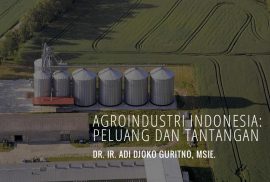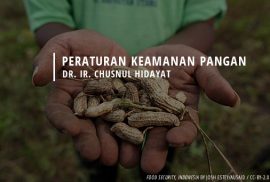Ngadisih, Bhandary, N.P., Yatabe, R., Dahal, R.K.
West Java Province is the most landslide risky area in Indonesia owing to extreme geo-morphological conditions, climatic conditions and densely populated settlements with immense completed and ongoing development activities. So, a landslide susceptibility map at regional scale in this province is a fundamental tool for risk management and land-use planning. Logistic regression and Artificial Neural Network (ANN) models are the most frequently used tools for landslide susceptibility assessment, mainly because they are capable of handling the nature of landslide data. The main objective of this study is to apply logistic regression and ANN models and compare their performance for landslide susceptibility mapping in volcanic mountains of West Java Province. In addition, the model application is proposed to identify the most contributing factors to landslide events in the study area. The spatial database built in GIS platform consists of landslide inventory, four topographical parameters (slope, aspect, relief, distance to river), three geological parameters (distance to volcano crater, distance to thrust and fault, geological formation), and two anthropogenic parameters (distance to road, land use). The logistic regression model in this study revealed that slope, geological formations, distance to road and distance to volcano are the most influential factors of landslide events while, the ANN model revealed that distance to volcano crater, geological formation, distance to road, and land-use are the most important causal factors of landslides in the study area. Moreover, an evaluation of the model showed that the ANN model has a higher accuracy than the logistic regression model.





